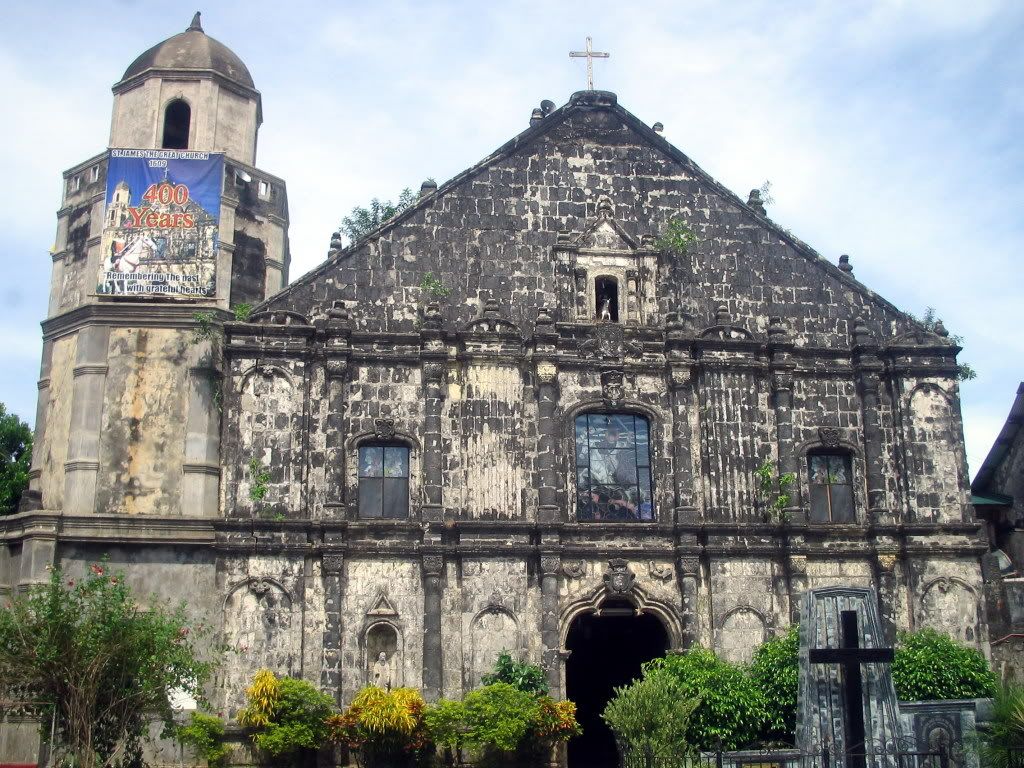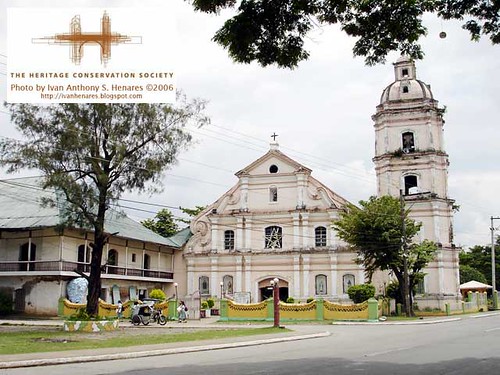the good old days...buti pa noon may train

Manila Dagupan railway.

Photo: Passengers posing in front of the "Ferrocarril de Manila a Dagupan" (circa 1885).
On June 25, 1875, under a royal decree issued by King Alfonso XII of Spain, the required Inspector of Public Works of the Philippine Islands was requested to submit a railway system plan for Luzon. The plan, which was submitted five months later by Don Eduardo Lopez Navarro, was entitled Memoria Sobre el Plan General de Ferrocarriles en la Isla de Luzón, and was promptly approved. A concession for the construction of a railway line from Manila to Dagupan was granted to Don Edmundo Sykes of the Ferrocarril de Manila-Dagupan on June 1, 1887.
The Ferrocarril de Manila-Dagupan which constitutes much of the North Main Line today, began construction in July 1887 with the laying of the cornerstone for Tutuban station. The railway was 195 kilometers long at the time of its opening on November 24, 1892, running from Manila to Dagupan City in Pangasinan.

November 24, 1892 - The first railroad line in the Philippines, covering a distance of 195 km. from Manila to Dagupan, was opened on this day (during the waning years of the Spanish colonial period); The Ferrocarril Manila-Dagupan (Manila-Dagupan Railroad), is said to have been built by the British, and is one of the three railroad lines proposed by the colonial Spaniards, with the second and third lines to be realized under the American rule.
Pangasinan...then and now



Calasiao Church

Calasiao’s greatest treasure is its Spanish-era church. Also known as the Parish of Saints Peter and Paul, the church of Calasiao houses valuable antique and other centuries-old artifacts.
Built in the 17th century, it is the second oldest church in Pangasinan (next to the San Carlos church) but is considered the most well-preserved.
Pangasinan...then and now



Calasiao Church

Calasiao’s greatest treasure is its Spanish-era church. Also known as the Parish of Saints Peter and Paul, the church of Calasiao houses valuable antique and other centuries-old artifacts.
Built in the 17th century, it is the second oldest church in Pangasinan (next to the San Carlos church) but is considered the most well-preserved.
400 year-old church at the town proper of Bolinao, Pangasinan

This town already existed as early as 1614 as part of San Carlos. In 1672, the Capitular Acts of the Dominicans assigned the first vicar of the town, Father Tomas Gutierrez.
The church has been constructed in the 16th century and finished by Fr. Barrozo, O.P. in 1754. Its church bell is one of the three biggest bells in the Philippines, cast in 1804 weighing 4,130 pounds. It was damaged during the World War II. The church was destroyed and only the walls and the tower, partly damaged, were left by the shelling of the American warship from January 7-9, 1945.

San Fabian Church
The Dominican Fathers worked for the foundation of San Fabian for two reasons: first, to make it, on account of its climate, as a place of infirmary for their order and second, for the conversion of the Igorot pagans then living near the Christian settlements. To effect its founding in 1717, the main settlement in Barangay Anguio was moved to the site of the present church.
Fray Francisco Ferrer is credited as the architect of the original construction of the present church erected after the British invation (1762-1765). Burned in 1856, it was rebuilt under the supervision of Fr. Juan Gutierrez, OP between 1857 and 1860. Together with the convent it was damage by earthquake of March 1892 and again during the Hispano-American war in 1898 and the American liberation in January 1945 when the belfry was destroyed. In 1952, it was renovated for the Diocesan Christ the King celebration in the town. Further improvements were done for the Christ the King celebration in 1977.

Church of Alaminos, Pangasinan

the Aguilar Church

the Manaoag Church

typical countryside scenery

Pangasinan from above...

Alaminos,Pangasinan


Hundred Islands,Alaminos, Pangasinan




Sual, Pangasinan

Rosales,Pangasinan

Mabini,Pangasinan



Lingayen, Pangasinan

San Fabian, Pangasinan
No comments:
Post a Comment